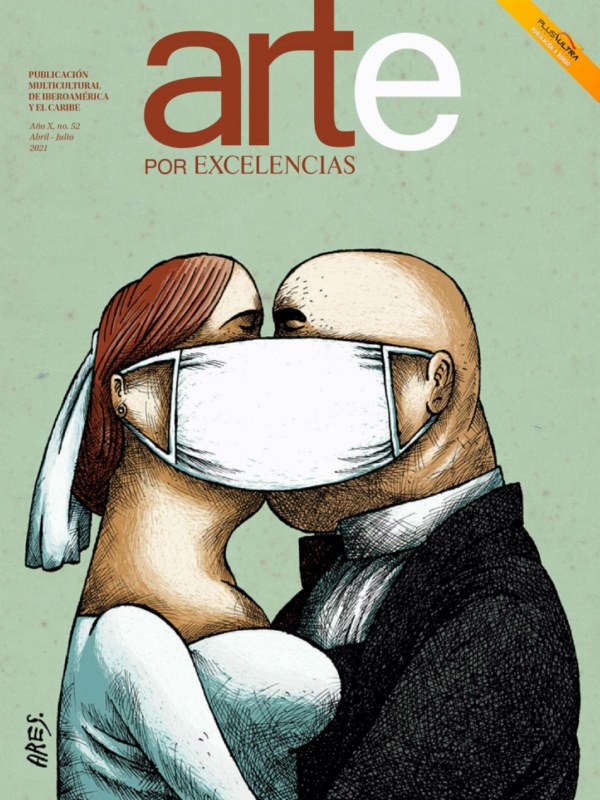The situation that steered the curatorial reins of that project is not the same anymore. However, I don’t believe this is one of the most visible enclaves in Central America. Nicaragua is penciled in as a nation of poets and writers, based on a literary tradition inherited from such leading figures as Ruben Dario and more contemporary ones as Ernesto Cardenal, Sergio Ramirez or Gioconda Belli. But the country also boasts some tradition in the field of the fine arts with the likes of Rodrigo Peñalba, Armando Morales, the Praxis Group and Alejandro Arostegui –as a matter of fact, he was one the three founders of the Praxis Group- at the helm. When this list of names runs out, information becomes scarcer and more fragmented, with only a handful of standouts. When it comes to contemporary art there, a hard-to-pass-up reference goes to Raul Quintanilla, a sharp-minded artist and thinker who led Artefacto –made up also of David Ocon, Denis Nuñez, Aparicio Arthola and Patricia Belli- an alternative group with an active life from 1992 thru 2002, a complete stranger to the handling of the art institution and with aggressive creation of multidisciplinary roots that made quite a splash in Nicaragua’s intelligentsia. Its publishing platform was the ArteFacto magazine, equally iconoclastic and troublemaking. Today, Raul is the editor of the Estragos magazine. Another reference is Patricia Belli, a creator interested in putting strain between the genre policies and the self-referential character, featuring a resourceful use of materials and poetry. Patricia is also going the extra mile to take up the slack of her country’s meager art teaching. She’s the soul and mastermind of Espira / La Espora, a promising project inscribed within the realm of alternative teaching actions –similar to such Cuban initiatives as Galeria DUPP of Rene Francisco Rodriguez or Catedra de Arte de Conducta of Tania Bruguera. La Espora is bankrolled by foreign sponsorships, it nourishes on the collaborations chipped in by local and foreign artists, curators and critics, and is now widely accepted all across the isthmus. Its alumni feature students not only from Nicaragua, but also from Guatemala, Honduras, Costa Rica and El Salvador. Furthermore, Nicaragua is home to a national biennial sponsored by the Ortiz-Gurdian Foundation. Against all odds, the biennials –showcases or not, demonized or praised- continue to be useful platforms to review certain areas of the contemporary visual creation. Perhaps they could work a whole lot better within a strictly national framework –as in this particular case- in which it’s possible to gauge and sound out a specific and well-limited artistic scene in the same breath. That was my view as a juror when the Sixth Biennial of Nicaragua’s Visual Arts had its grand opening last November, a peerless opportunity to take a closer look at this context and a good indicator of the country’s contemporary creation. As many as 76 artworks from 39 artists entered the contest. Since the registration process, we noticed some of the snags that Nicaragua’s fine arts are hitting, such as limitations in the formation of artists, ignorance of the basics of résumé-making, work presentations, project descriptions and their rationales, the selection of contesting pieces and their presentation later on, or the ability to truly size up an event of this nature, just to name but a few. At the end of the day, 17 artists and 29 artworks were handpicked. The two prizes went to Wilbert Carmona (First Prize) and Cristina Cuadra, while Ricardo Miranda Huezo, Rossana Lacayo, Marcos Agudelo and Zenelia Roiz grabbed all honorable mentions. This event is part of a well-articulated circuit of national biennials, so these six artists must be by now getting their works ready to represent Nicaragua at the Central America Arts Biennial in Tegucigalpa in November this year. It was so encouraging to find such a diverse panorama, with a massive turnout of young artists interested in building a new fire under the nation’s cultural fabric. A quick glance at what actually occurred there provided an update in terms of languages and means that are all the rage now. Even though paintings and drawings made it to the biennial, other artistic typologies set the tone with emphasis on installations, object art, video, video installation, documentaries or works related to Web Art and information technology. There were interesting proposals only in terms of language; others were interactive, while the largest chunk of the pieces hovered around acute problems of the local reality from the critical perspective of the arts. As an appreciative add-on that goes beyond the contest and the exhibit, the biennial paved the way for more profound contacts with other particularities of the Nicaraguan scene, such as parallel expositions. First of all, the opening of the personal exhibit by Orlando Sobalvarro, Amerrisque en vuelo, at the Palace of Culture, one of Nicaragua’s art maestros the event honored this time around. Other highlights were Tres + una…Cuatro, a collective exhibition by artists Ricardo Miranda Huezo, Rodrigo Peñalba, Gabriel Serra and Laura Baumeister at the Galleries of the Managua Cultural Center; Patricia Belli’s personal exhibit entitled Estructuras y superficies y Metáforas del contexto, as well as one put on by a bunch of La Espora students, both at the Latin American Hall of the National Palace of Culture. The Nicaraguan biennial is increasingly becoming a launching pad for emerging figures. Out of previous editions, artists like Ernesto Salmeron –with a certain level of regional exposé and a guest at the upcoming Venice Biennial–have come up. Thus, the event can be considered a significant mechanism to gauge the complex Nicaraguan contemporariness, appraise the achievements and limitations of this scenario, and additionally propel it into a gathering ground for the rickety circuit of artistic promotion, circulation and consumption in the Central American region, as long as other institutions joined hands with it and gave it the heed it deserves. For the time being, this is now a space to update the rest of the country and one of the means to bridge it with its own environment. Beyond the storms that still pound the country, Nicaragua is showcasing a slight uptick in the visualization of the nation. The spread of mixed means and the newest artistic practice, or the preoccupations on global culture, the peripheral cultural conditions, the identity problems, violence, marginalization, history, cultural hybridism, trans-territoriality, the projections towards the public space and the city as scenarios, or the new cartography outlined by our civilization, are by and large some of the creative and thinking trends that have exerted influence and now function as keys to understanding this resurgence. Jose Manuel Noceda Fernandez (Cuba). Researcher, Curator and Art Critic




Publicaciones relacionadas

La ruta del Barroco de Lisboa
Enero 14, 2025
Un tejido expositivo con genuinos imaginarios
Diciembre 19, 2024













